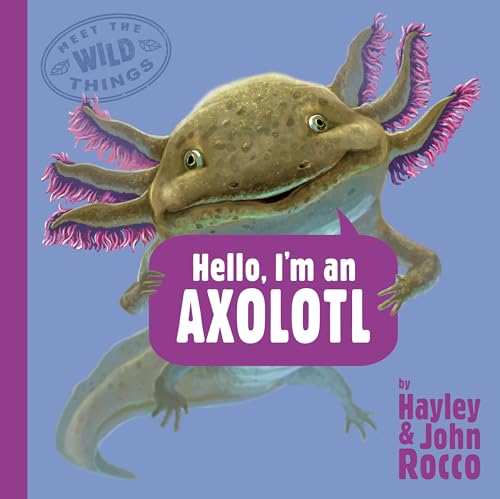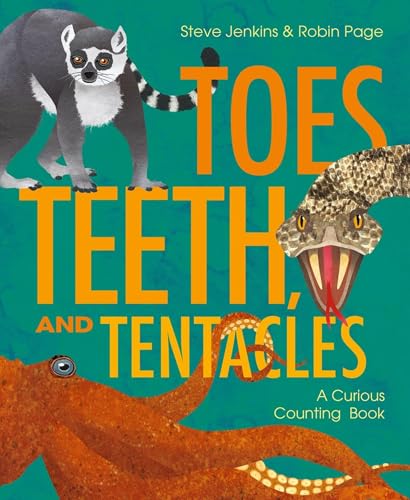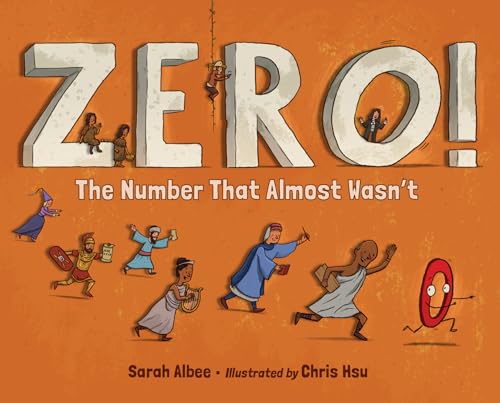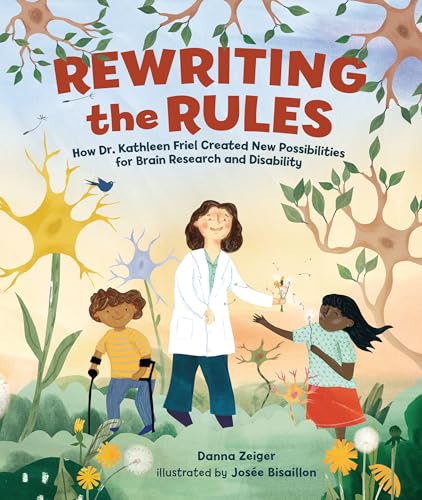
Ms. Moore reads dozens of new nonfiction picture books each year, and chooses several to share with grade 2 during second trimester. While she reads, the students take notes on a graphic organizer that matches the text's structure (e.g., description, problem/solution, or sequence).
After each readaloud, the students discuss what they liked, what they didn't like, and whether the book should remain in the running. We are focusing on the "Delight" factor of the "Three Ds" developed by Melody Allen (and shared with me by colleague Steph Mills): can the reader tell that the author is passionate about the subject? is the book written in a lively, engaging style? are explanations clear? We also discuss one of the "Design" factor questions: do the graphics/illustrations help further explain the facts?
In February, they cast ballots for the winner and we compare ours to the American Library Association Sibert Award winner.
All book summaries courtesy of Goodreads.
 Butt or Face? Super Gross Butts - Kari Lavelle
Butt or Face? Super Gross Butts - Kari Lavelle
Butt or Face? Volume 3: Super Gross Butts continues the entertaining challenge with a new set of (nasty!) animals from all over the world. Examine a close-up photo of an animal and then guess whether you're looking at the top or the…um…bottom. The answer is revealed on the next page with a photo of the complete animal.
Readers will discover animals like a horned lizard that shoots blood from its eyes, a tongue-eating louse, a caterpillar that ejects poop, and many more gross, amazing animals. Fun animal facts and information about camouflage and other sneaky animal tricks are included.

Hello, I'm an Axolotl - Written by Hayley Rocco, illustrated by John Rocco
Did you know that axolotls have a superpower? They can regrow lost limbs, tails, and even parts of their hearts and brains! And they sparkle! That's because they have special cells in their bodies that reflect light like glitter. Pretty neat, huh?
But did you also know the axolotl is endangered and needs our help? While there are about a million axolotls in tanks and aquariums around the world, there are fewer than 500 left in the wild.
 I'm a Dumbo Octopus! - Written and illustrated by Anne Lambelet
I'm a Dumbo Octopus! - Written and illustrated by Anne Lambelet
Meet Grimpy! He’s a dumbo octopus, and he’s taking us on a tour of the whole cephalopod class—underwater creatures such as cuttlefish, nautiluses, octopuses, and squids.
Grimpy knows all about what makes these many-armed marvels so special, like how the coconut octopus uses tools or the cuttlefish talks with color! It seems like every creature has a special ability—except him. When Grimpy gets stuck on everything a dumbo octopus can’t do, the other cephalopods show him why it’s great to be a dumbo.
 Revolutionary Mary! - Written by Karen Blumenthal and Jen McCartney, illustrated by Elizabeth Baddeley
Revolutionary Mary! - Written by Karen Blumenthal and Jen McCartney, illustrated by Elizabeth Baddeley
Who was Mary Katharine Goddard? Born in 1738, she was homeschooled by her mother in reading and math. She took over her brother’s printing shop a few years later and became an expert in printing newspapers, essays, and posters.
When the American Revolution started, she published important news that helped the fight against the British – even if it meant that if she was caught, she’d be punished for treason. In 1776, Mary was asked to print the Declaration of Independence – she is the only woman whose name is on the Declaration. That was Mary.
 Toes, Teeth, and Tentacles - Written and illustrated by Steve Jenkins and Robin Page
Toes, Teeth, and Tentacles - Written and illustrated by Steve Jenkins and Robin Page
Did you know…
a praying mantis only has one ear?
a squid has three hearts?
a giant African land snail can have up to eighteen thousand teeth?
Toes, Teeth, and Tentacles celebrates and highlights the numerous unusual and strangely fascinating features and appendages of all kinds of animals, from horns to toes and stomachs to hearts. From the two-tongued loris to a scallop’s 200 eyes, readers will find joy in numbers with this latest book by these two masters of nonfiction.
 Zero: The Number that Almost Wasn't - Written by Sarah Albee, illustrated by Chris Hsu
Zero: The Number that Almost Wasn't - Written by Sarah Albee, illustrated by Chris Hsu
From place value to being created and destroyed before being created again, zero has had quite a journey. Respected children’s author and consummate researcher Sarah Albee lays out the history of zero alongside the complications that initially hampered its development, including Western imperialism.
 Rewriting the Rules - Written by Danna Zeiger, illustrated by Josee Bisaillon
Rewriting the Rules - Written by Danna Zeiger, illustrated by Josee Bisaillon
When Kathleen Friel was young, she was diagnosed with cerebral palsy, and a doctor told her parents all the things she'd never be able to do. They left his office for good and found a new doctor.
As Kathleen grew up, she found her own methods to tackle tricky tasks and make her way through the world. After becoming fascinated by science, she went on to earn a PhD, investigating how injured brains can build new connections. She now runs her own lab, developing new techniques to help others with cerebral palsy.

2025 Tie: Hello, I'm a Sloth

2025 Tie: Rubik and His Magic Cube

2024: Butt or Face?

2023: The Rise (and Falls) of Jackie Chan

2022: I Am the Shark
AASL: I.B.3 - Generating products that illustrate learning; II.B.1 - Interacting with learners who reflect a range of perspectives; II.C.1 - Learners exhibit empathy with and tolerance for diverse ideas by: 1. Engaging in informed conversation and active debate. 2. Contributing to discussions in which multiple viewpoints on a topic are expressed.; III.B - Learners participate in personal, social, and intellectual networks; III.D.1 - Actively contributing to group discussions; V.A.1 - Reading widely and deeply in multiple formats and write and create for a variety of purposes.
Common Core: SL.1 Participate in collaborative conversations with diverse partners about grade 1/2 topics and texts with peers and adults in small and larger groups; SL.2 Ask and answer questions about/recount or describe key details in a text read aloud or information presented orally or through other media; RL.1 Ask and answer questions about key details in a text; RL.7 Use illustrations and details in a story to describe its characters, setting, or events; W.1 Write opinion pieces in which they name the book they are writing about, state an opinion, supply a reason for the opinion, and provide some sense of closure
Rhode Island Cross-Curricular Proficiencies: Collaboration - Incorporate diverse perspectives to promote an exchange of ideas with reasoning and evidence; Communication - Organize information to communicate ideas and responses when using any mode of communication
Rhode Island School Library Curriculum Priority Skills: 1.1 - Shares what is known about the general topic; With help, finds facts and briefly summarizes them via writing, drawing, or verbalization to answer basic research questions; Develops own opinion about a topic with evidence to support the opinion; 2.1 - Participates in discussions about stories and other texts that have been read aloud; 3.2 - Participates in collaborative conversations with peers and adults to share ideas and information